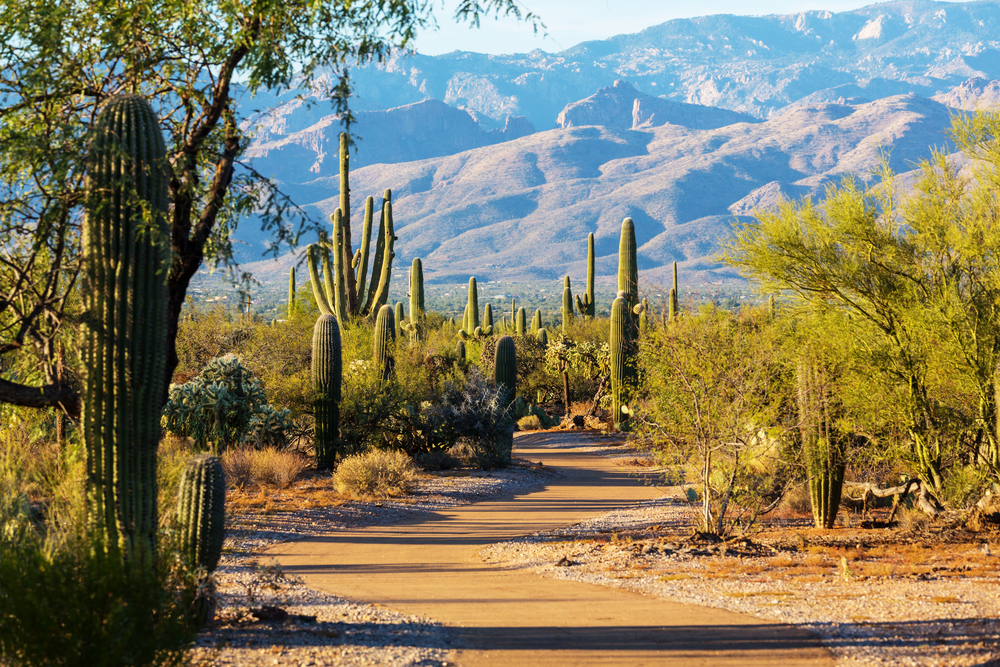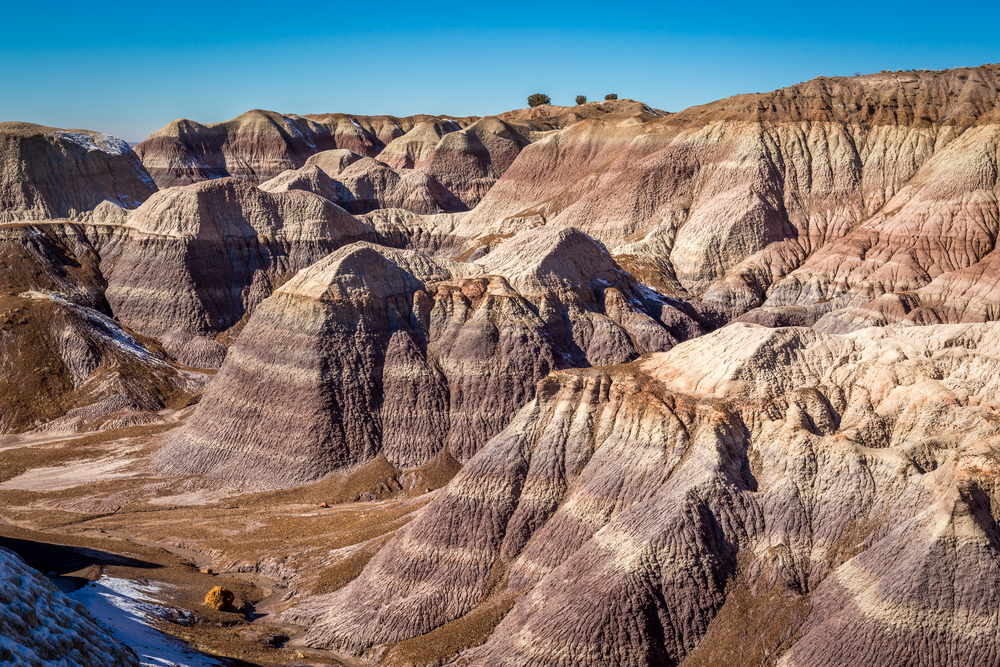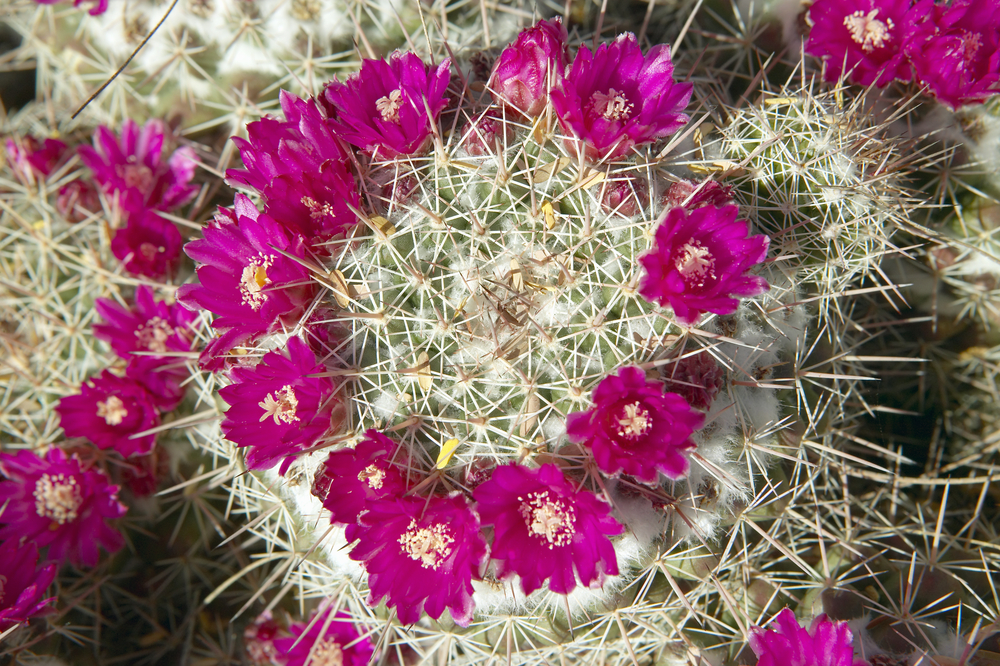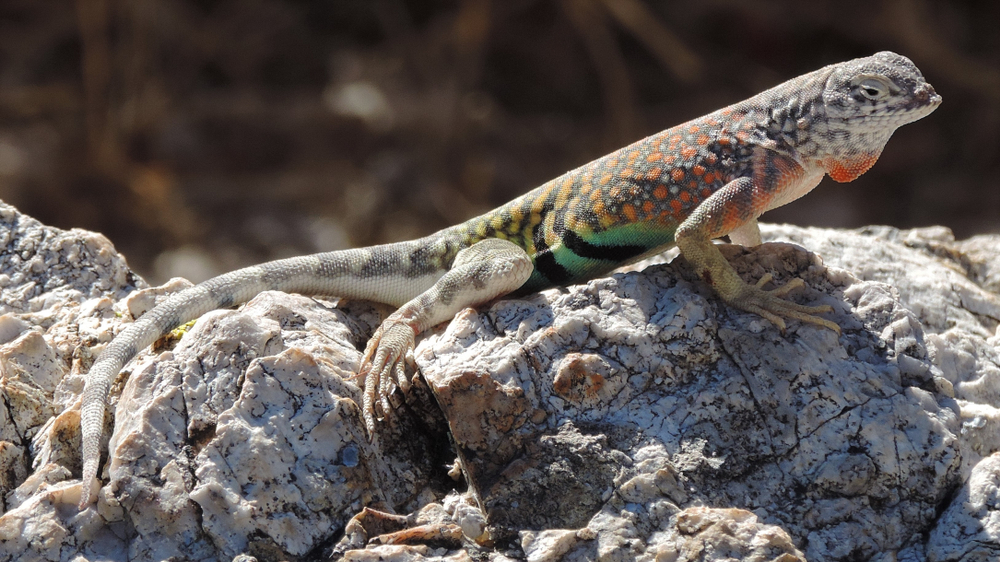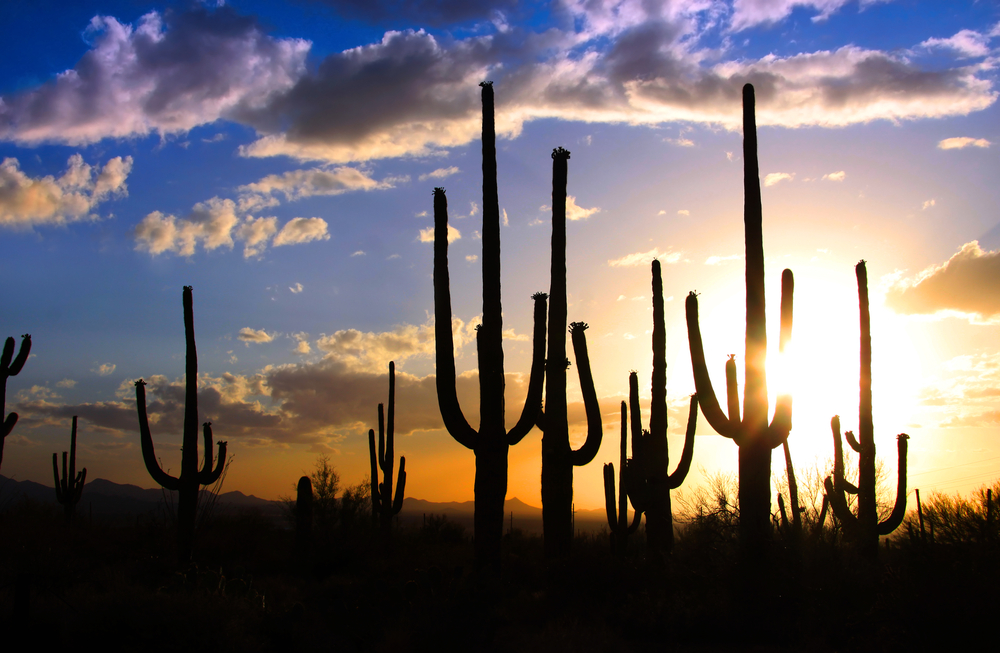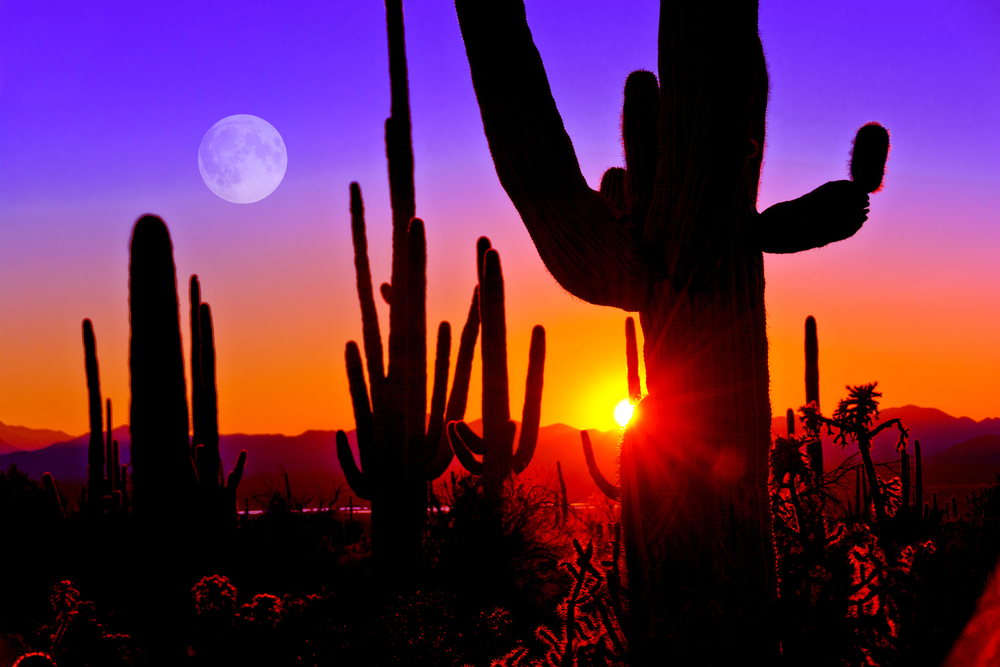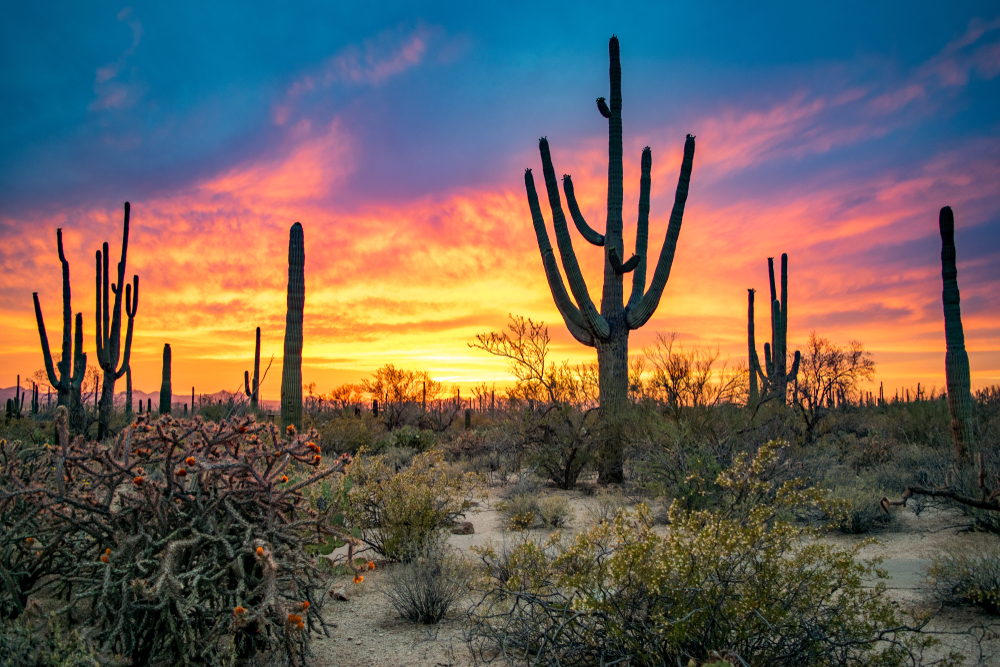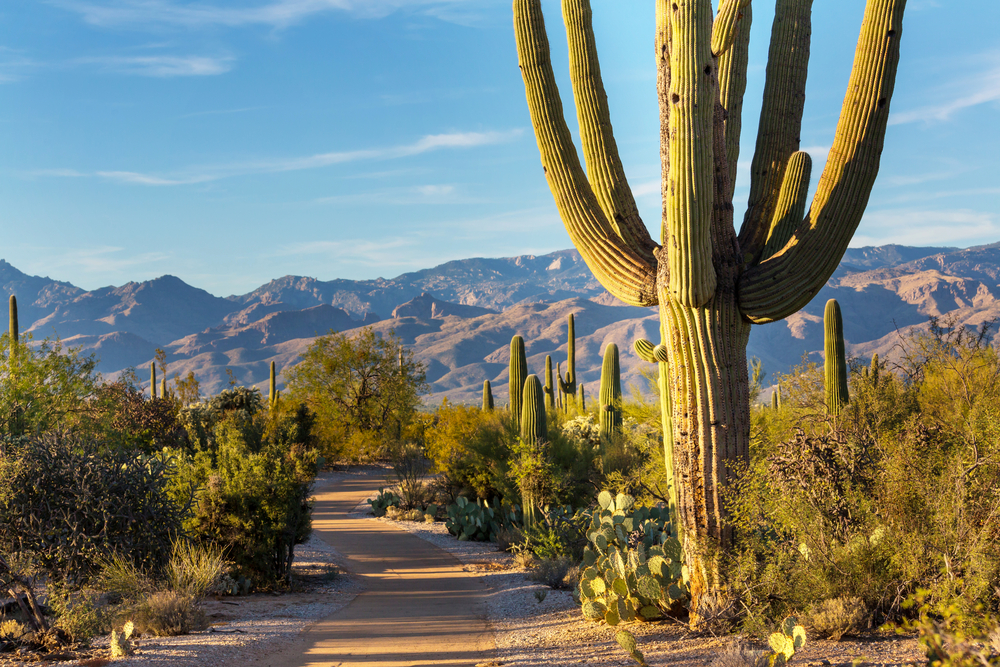Saguaro National Park is known for its iconic symbol, the saguaro cactus, which dominates the landscape of this unique desert ecosystem.
This sprawling park, divided into two districts near Tucson, Arizona, protects an extraordinary variety of desert flora and fauna, including the majestic saguaro cactus. Visitors to Saguaro National Park can explore vast expanses of Sonoran Desert terrain, characterized by towering cacti, rugged mountains, and diverse wildlife.
Beyond its iconic cacti, the park is renowned for its scenic beauty, offering stunning vistas of the desert landscape, particularly during sunrise and sunset.
Visitors can enjoy a range of outdoor activities, including hiking, scenic drives, wildlife viewing, and stargazing. Saguaro National Park is also steeped in cultural history, with evidence of human habitation dating back thousands of years, including ancient petroglyphs and archaeological sites.
Overall, Saguaro National Park offers visitors a chance to immerse themselves in the beauty and tranquility of the Sonoran Desert, while also providing opportunities for recreation, education, and exploration in one of the most biologically diverse desert ecosystems in North America.








































































